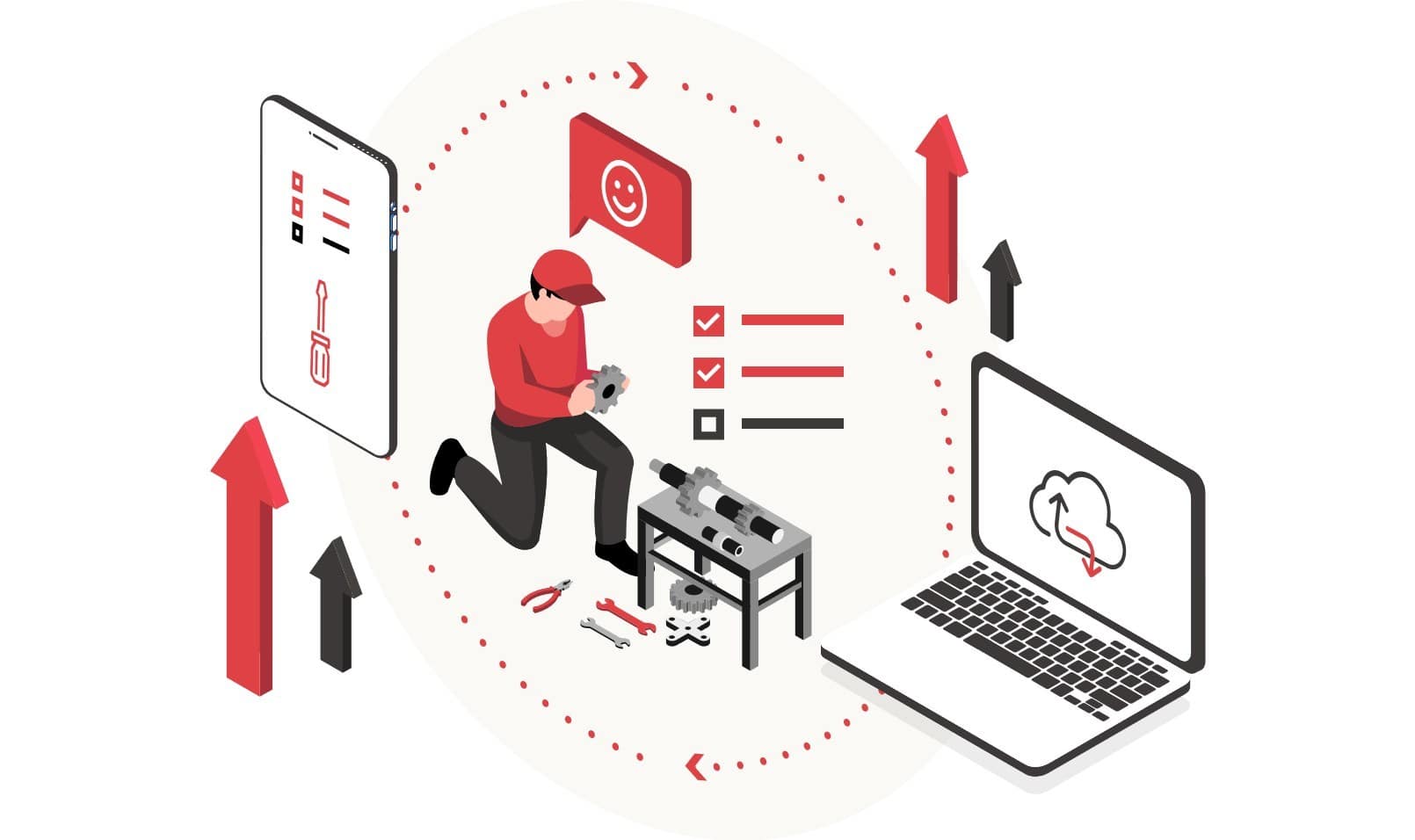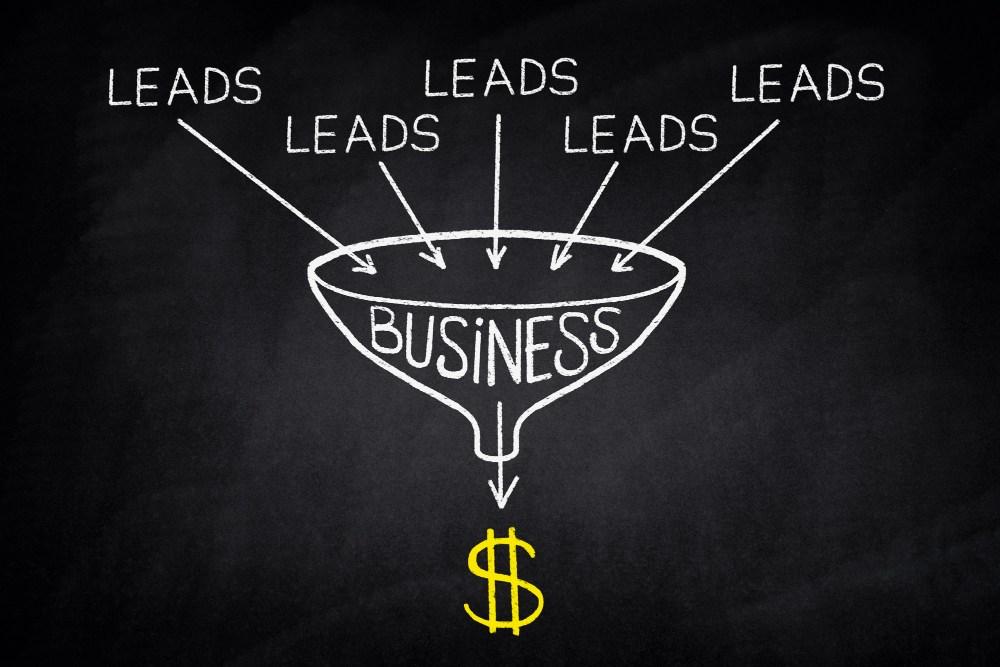Dealerships often struggle to operate with the efficiency of an enterprise-level organization when their automation tools don’t connect. An integrated equipment dealer system with heavy equipment dealership and rental industry know-how can help.
Whether looking to check parts inventory, point of sale invoices, service history or track leads, an integrated dealer system collects that data on a single platform.
Table of Contents
Better Inventory Management
Car dealerships have a lot to manage. There are countless moving parts, and keeping track of inventory across all departments can only be easy with an integrated system. This system can benefit dealers, from allowing salespeople to maximize their deals and close more business to helping finance managers track payments and reconditioning.
Using an integrated dealer system can also help improve the per-vehicle margins of dealerships. A more efficient process in any department will help boost profits by reducing operating costs and limiting the number of vehicles sold at an unprofitable price, which can lead to lower prices for buyers.
When selecting an integrated dealer system, look for one that offers a comprehensive suite of tools and features designed to work together seamlessly. Generic methods that cover individual aspects of a dealership’s business are available, but these solutions are expensive and lack the integration to make them more effective. Look for a system that integrates your dealership’s OEM tools, CRM, service, rental and reporting into one unified system.
Increased Profitability
Using integrated dealer systems that provide sales, service and finance staff with the tools to streamline operations, dealerships can cut inefficiencies to free up time and resources to focus on driving business. This is key to boosting profitability.
A well-integrated dealer system will gather data for all major dealership operations, including inventory management, accounting, sales, parts, rental and reporting. Many dealers already have software programs for each, but those systems often need to be designed to work together to give business leaders an in-depth view of their business performance.
By combining all available customer data (including trade-ins, past repairs, purchases, service appointments, referral sources and more), dealerships can create highly customized and personalized messages that engage customers and drive revenue. For example, a dealership can use data to send customers a text message or email offering an in-house shuttle service when they are scheduled for a repair appointment. This service increases customer satisfaction and encourages repeat visits – helping to boost customer lifetime value.
Increased Efficiency
An integrated dealer system collects data from all departments and makes it easily accessible. That allows employees to access reports and analytics from one platform, which helps them better understand their businesses. They can track what clients have bought and sold, service records, trade-ins, merchandise purchases, who they have referred, birthdays and purchase anniversaries and more.
The systems also provide more information to salespeople to maximize their number of closed deals. This includes a scheduling tool that lets salespeople know when a customer has an appointment and who their assigned advisor is. It can also provide them with the customer’s credit score to determine the best vehicle for them.
The parts department also gets a lot of value from an integrated dealer system. Its management capabilities allow them to monitor inventory levels in real-time and place orders, so they always have crucial parts. It also allows them to customize features for specific customers, set minimum and maximum inventory levels, and automate discounts for loyal clients.
Increased Revenue
A fully integrated dealer system allows dealers to manage customer relationships, sales, finance, and more through one platform, eliminating the need to log in and out of different programs or websites. This reduces wasted time and increases productivity. A system with parts management capabilities also helps a dealership monitor inventory levels, ensuring they have all the important items.
In addition, a smart CRM can help dealers turn data into insights that lead to increased sales opportunities. A dealership’s CRM can tell them what each customer bought and paid for, when they serviced their vehicle or equipment, their birthday and purchase anniversary, who they referred to, and more, which allows them to target customers with personalized communications and offers.
A system that can collect data on the whole in-dealership experience can be a game changer for equipment and machine dealerships. A complete picture of each customer’s relationship with the dealership will allow them to deliver better service and grow their business.
Increased Customer Satisfaction
Integrated dealer systems provide all the tools business owners need on one platform. They can log into a single login to see sales, inventory, accounting and CRM information. Typically, these systems are compatible with other software programs to streamline data collection and reporting.
Stand-alone systems can do great tracking and managing certain facets of dealership operations, but “the secret sauce is integration. These systems must talk to each other to get essential business intel.”
For instance, when a customer’s personal and trade-in vehicle data is entered into the CRM to desk a sale, that information must be entered into the DMS and inventory tool to complete the deal. If the information isn’t synchronized, this can lead to wasted time for teams. A unified system will eliminate this problem by pulling the data from each tool in near real-time. This can significantly cut down on staffing and processing costs while increasing productivity. Consequently, it can improve customer satisfaction and ultimately boost sales conversion.
Also, Read – The Scoop on Glass Tips



